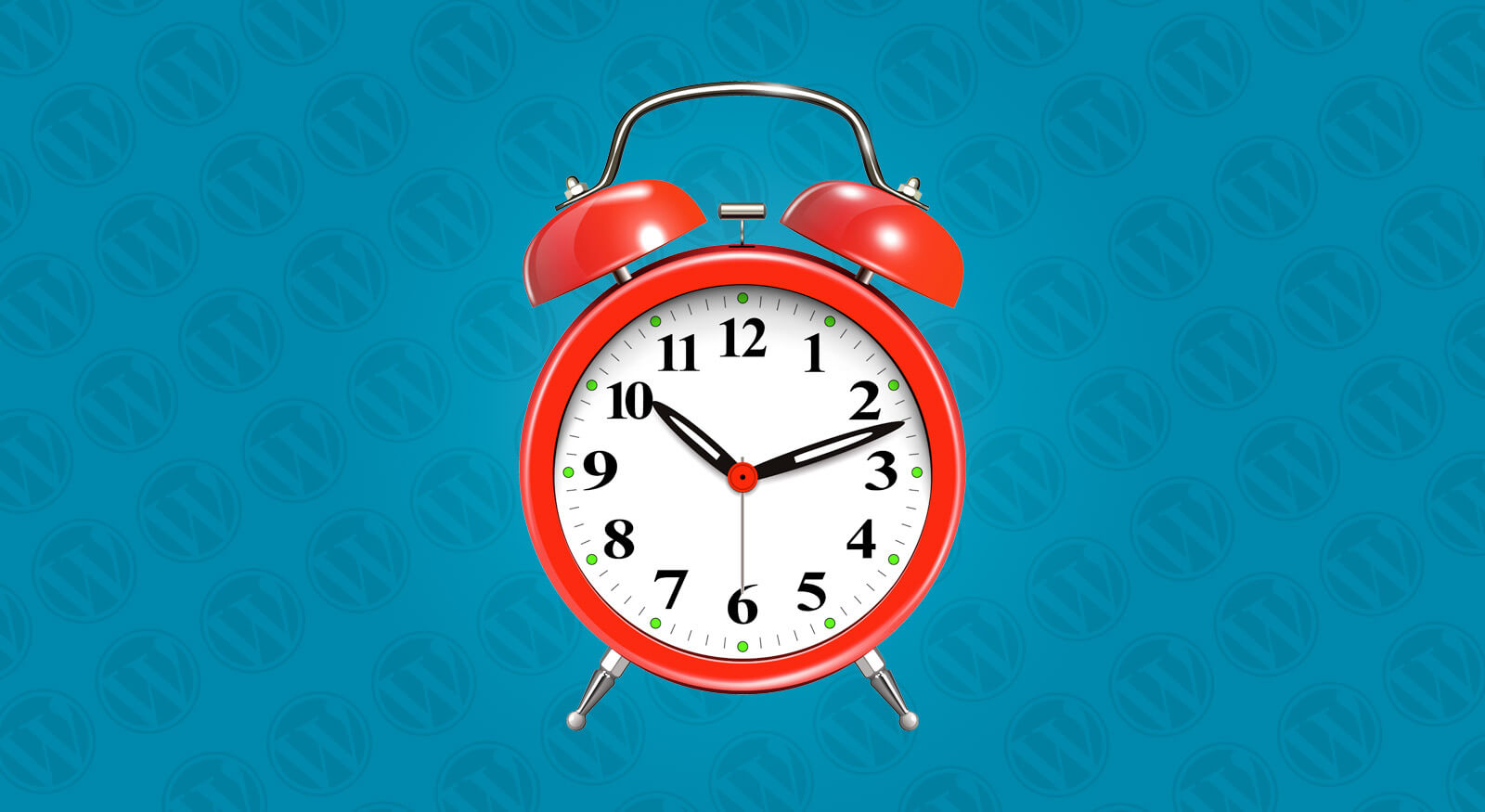If you’re running a WordPress website, you may have come across the term “WP-Cron” in your research or troubleshooting. But what is it, and how does it affect your site’s performance and functionality? In this article, we’ll explain what WP-Cron is, what it’s used for, its benefits and drawbacks, how to enable/disable it, and whether your site needs it.
What is WP-Cron – what is it used for?
WP-Cron is a built-in feature of WordPress that enables scheduled tasks or events to run automatically in the background, without requiring manual intervention. These tasks could include publishing scheduled posts, running backups or updates, sending emails, or performing other maintenance functions. WP-CRON essentially acts as a scheduler or task manager for your WordPress site.
What are its benefits?
The main benefit of WP-Cron is that it saves you time and effort by automating routine tasks, allowing you to focus on other aspects of your website. It also ensures that important tasks are performed consistently and on schedule, without relying on manual intervention or external tools. For example, if you have a weekly newsletter that needs to be sent out every Monday, you can schedule it using WP-Cron and be confident that it will be sent out on time.
What are its disadvantages?
One potential disadvantage of WP-Cron is that it relies on website traffic to trigger the scheduled tasks. If your site has low traffic or experiences downtime, the tasks may not run as scheduled, which could impact your site’s functionality or performance. Additionally, some tasks may require more server resources or processing power than others, which could slow down your site’s loading times or affect other users’ experience. For many WordPress users, you can improve website performance when you disable the WP-cron in the WordPress site configuration file. This reduces the number of times that scheduled tasks are performed which lessens the load on the server.
How to enable/disable
By default, WP-Cron is enabled on all WordPress installations. However, you can disable or modify it if needed. To disable WP-Cron, you can add the following line of code to your wp-config.php file:
define(‘DISABLE_WP_CRON’, true);
Alternatively, you can use a plugin such as WP Control to manage WP-Cron tasks and schedules more granularly.
Does my site need WP-Cron enabled?
Whether or not your site needs WP-Cron enabled depends on the specific tasks and functionality you require. If you have scheduled posts, backups, or other maintenance tasks that need to run on a regular basis, WP-Cron can be a helpful tool. However, if your site doesn’t rely on scheduled tasks or if you prefer to use external tools or services to manage them, you may not need WP-Cron enabled.
If you’d like to learn more about WP-Cron and how it works, here are some resources to check out:
- WordPress Codex: https://codex.wordpress.org/Function_Reference/wp_cron
WP-Cron can be a powerful tool for automating routine tasks and maintenance functions on your WordPress site. However, it’s important to understand how it works, its benefits and drawbacks, and whether it’s necessary for your specific site requirements. By enabling or disabling WP-Cron strategically, you can optimise your site’s performance and functionality. If you have any questions or concerns about WP-Cron or other WordPress features, feel free to reach out to our web design agency for expert guidance and support.





